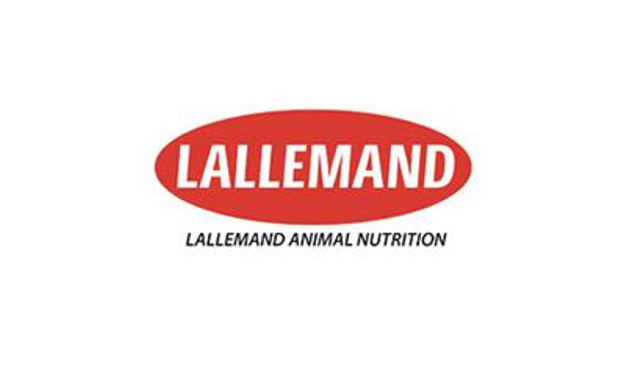



True or false? It is not necessary to inoculate baled silage
Forage inoculant improves big bale silage quality and consistencyUsing a forage inoculant to improve big bale silage quality and consistency can generate a significant return on investment for beef and dairy farmers. Silage production, the cornerstone of modern livestock farming, ensures that precious forage is preserved for those leaner times when grass growth slows or halts.
High-quality silage can be one of the most economical sources of energy in a dairy or beef ration. While farmers generally understand the benefits of using an additive on forage which is stored in their silage clamps or tower silos, misconceptions persist when it comes to their baled silage.
Baled silage is often not inoculated as farmers see this form of ensiling as more economical therefore don’t really consider losses that can occur.
They also regard the timescale for wrapping as short and requiring little attention, and perhaps don’t appreciate the proportion in the bale that represents rotten forage compared to the volume that has been harvested.
Yet there is good science behind why inoculants are not only advisable, but crucial, to the feed quality and consistency of baled silage, and to overall herd health.
Frank Kuechenmeister, Silage Technical Support Manager of Lallemand Animal Nutrition, makers of the MAGNIVA range of forage additives, says that it all starts with the surface area to volume ratio. This is where baled silage is fundamentally different from other forms of preserved forage, he points out.
“Imagine a cylindrical bale - its outer surface is exposed to the elements, while the inner core remains insulated. The ‘oxygen conundrum’ is a reason why this matters.’’
Frank describes oxygen as the “nemesis’’ of silage preservation - it fuels aerobic microorganisms like moulds and yeasts, resulting in spoilage. Bales, which have a relatively large surface area, provide ample room for oxygen infiltration unless the wrap is an absolute barrier.
The aerobic interface - the zone where oxygen meets the forage – also needs consideration. “Unless we address this interface, we risk compromising the quality of our baled silage,’’ says Frank.
Then there is consistency to consider - the ‘bale-by-bale challenge’. Each bale is a ‘miniature fermentation unit’, similar to a tiny silo; without inoculation, the outcome of fermentation relies on the indigenous microbial population present at ensiling. This consistency matters because of reasons such as variability within bales.
“Picture a field of grass where different areas have varying moisture levels, microbial communities, and nutrient content,’’ says Frank. Even within a single bale, there can be multiple challenges due to this inherent variability.
Silage inoculants - a blend of beneficial lactic acid bacteria – are formulated to ‘fade’ these variations because they reduce deviations through controlled fermentation; in contrast, poor fermentation amplifies variations.
Controlled fermentation of forages helps to preserve their nutritional value all year long and prevent dry matter loss.
“Using a research-proven, quality forage inoculant is one of the most cost-effective ways to enhance fermentation,’’ says Frank. “Driving a fast, efficient fermentation process is the key to reducing losses and improving silage quality.’’
Proven inoculants like the MAGNIVA range also enhance overall silage quality and control aerobic stability by preventing heating and spoilage during feeding out. Investing in quality inoculants pays dividends, Frank advises. “These inoculants suppress undesirable microbes and steer the fermentation process. The result is better silage quality and happier cows.’’
Some inoculants come with a bonus: enzymes which break down complex carbohydrates, making nutrients more accessible. They convert fibre in grass into sugars that bacteria can convert to lactic acid, or improve digestibility of low D-value silage at feeding. “Healthier animals, better production - what’s not to love?’’ says Frank.
While farmers may be reluctant to invest in a second applicator for their baler, largely because baled silage often accounts for a smaller portion of the feed ration, the improvements to feed quality and the dual outcomes of healthier animals and consistent results justify that investment, he adds.
Lallemand Animal Nutrition’s mission is to educate farmers about the science behind treating baled silage and why it is essential. “Let’s debunk myths, spread awareness, and ensure that every bale contributes to optimal herd nutrition,’’ says Frank.
“Remember, it’s not just about silage - it’s about thriving livestock and thriving farms.’’




